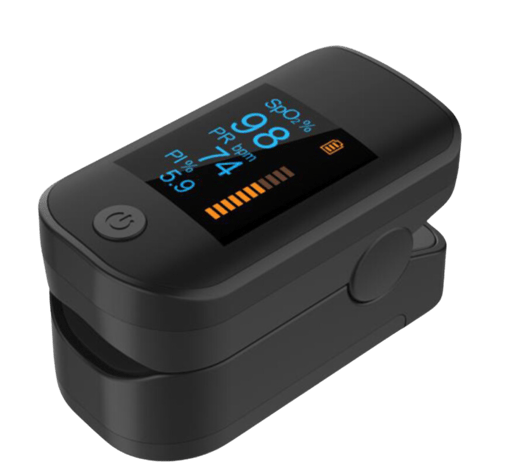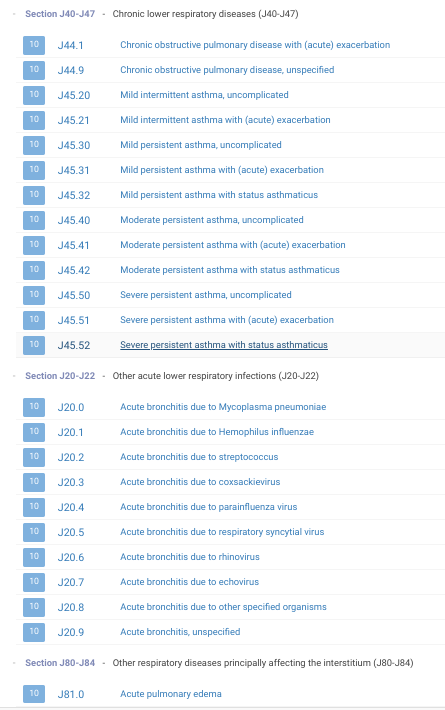Find the most common O2 Saturation Monitoring DX codes in this article.

O2 Saturation Monitoring Common DX Codes:

Pulse oximetry is a non-invasive and painless test that measures your oxygen saturation level or the oxygen levels in your blood. It can rapidly detect even small changes in how efficiently oxygen is being carried to the extremities furthest from the heart, including the legs and the arms.
The purpose of pulse oximetry is to check how well your heart is pumping oxygen through your body.
It may be used to monitor the health of individuals with any type of condition that can affect blood oxygen levels. These conditions include:
- chronic obstructive pulmonary disease (COPD)
- asthma
- pneumonia
- lung cancer
- anemia
- heart attack or heart failure
- congenital heart defects
There are a number of different common use cases for pulse oximetry, including:
- to assess how well a new lung medication is working
- to evaluate whether someone needs help breathing
- to evaluate how helpful a ventilator is
- to monitor oxygen levels during or after surgical procedures that require sedation
- to determine how effective supplemental oxygen therapy is, especially when treatment is new
- to assess someone’s ability to tolerate increased physical activity
- to evaluate whether someone momentarily stops breathing while sleeping — like in cases of sleep apnea — during a sleep study
